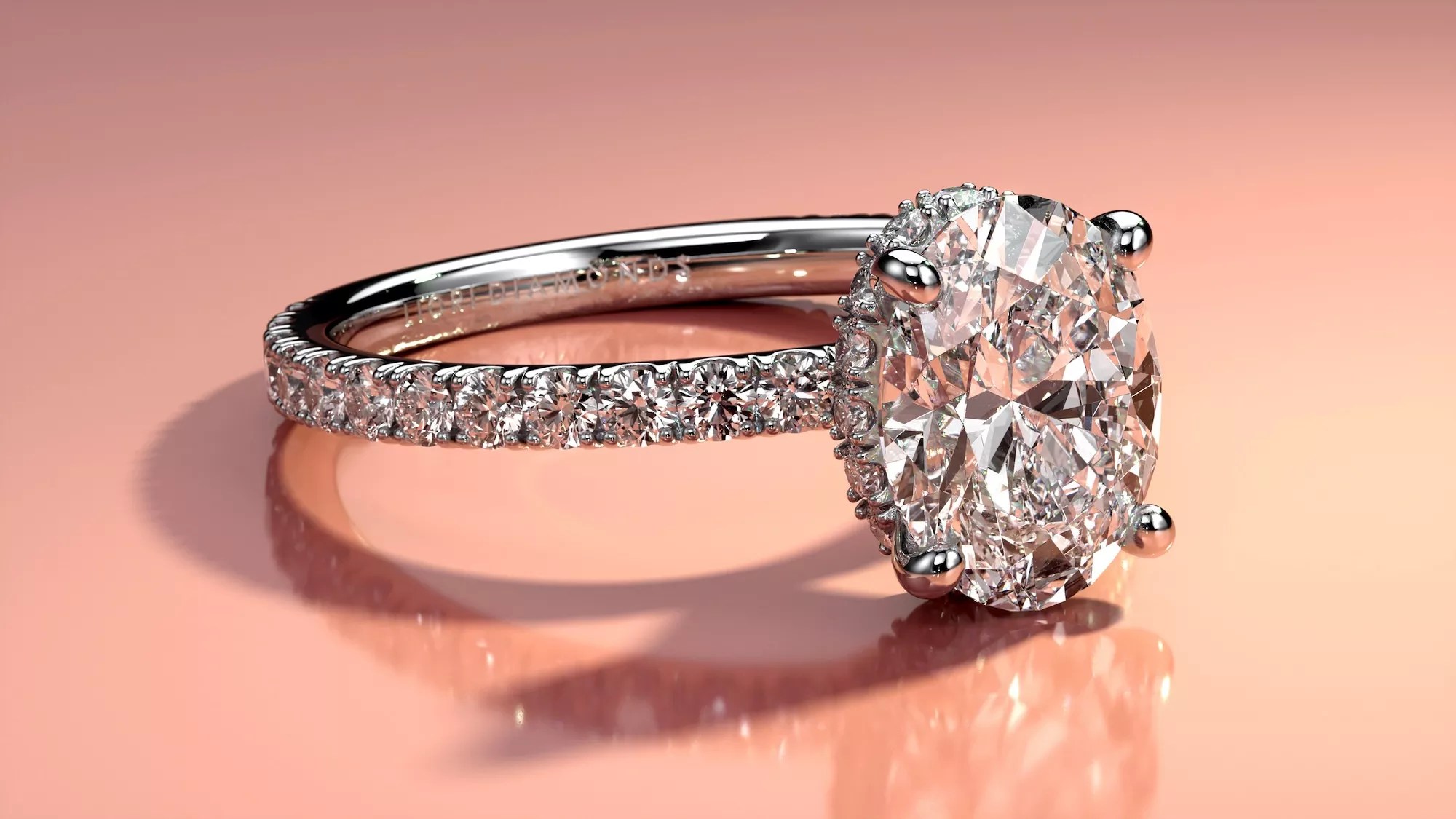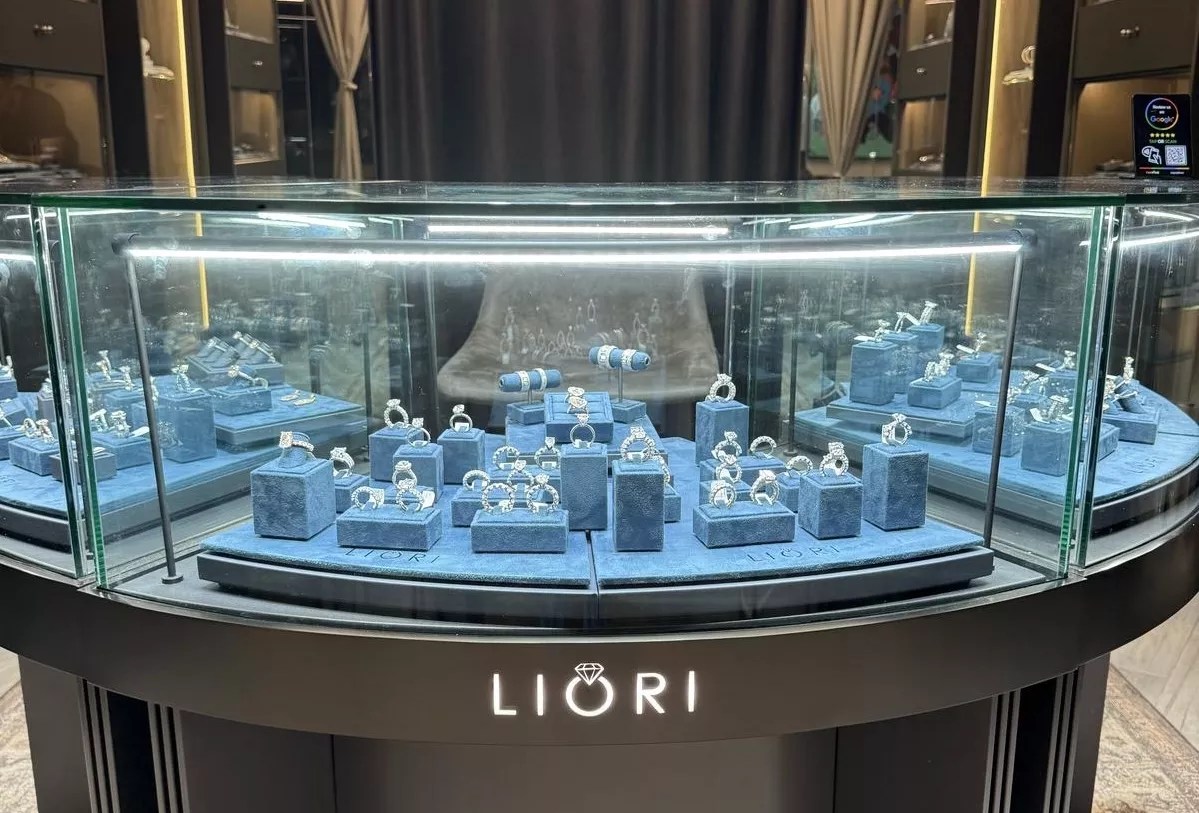
Liori Diamonds photo

Audio By Carbonatix
Marilyn Monroe once famously sang, “Diamonds are a girl’s best friend,” and that sentiment still appears to hold true – even if the diamonds aren’t real. Lab-grown diamonds, or synthetic diamonds grown in a lab setting, are becoming much more popular among young people in search of an environmentally and economically friendly alternative to organic gems. Fifth Avenue-based jeweler Liori Diamonds, which has a store in Sunny Isles, sells both the natural and lab-grown variety.
“They’re optically the same, and they are chemically exactly the same,” says Jesse de Leon, one of Liori Diamonds’ founders. “It’s like going to the top of the mountain to fetch some ice, as opposed to going to your freezer to get some ice. That’s really the difference – that you find one naturally and the other closer to home, but it’s the same exact genetic makeup.”
De Leon says the store sees “tremendous demand” for lab-grown diamonds across age groups and financial tiers. Part of that is due to broader knowledge about the human costs of diamond mining. Because diamonds are both a finite material and difficult to mine and because of the strong demand for gem-quality stones, there is a long history of diamonds being procured by criminal and illicit means. Some miners are paid less than $1 per day, and Amnesty International cites mining for diamonds and other minerals as one of the factors contributing to the ongoing conflicts in the Democratic Republic of Congo.
Lab-grown diamonds offer an alternative for customers who want to avoid conflict diamonds with certainty, and they’re much more cost-effective.

The Liori Diamonds showroom in Sunny Isles sells both natural and lab-grown diamonds.
Liori Diamonds photo
“Diamonds go through many hands,” says de Leon. “There’s just a lot of distributors, and dealers, and people in between from the time the diamond gets mined to the time it ends up in the consumer’s hands. But lab diamonds are really curtailing that process… I would say, generally, if you’re buying a lab-grown piece versus a ‘real’ diamond, you’re looking at probably paying a quarter of the ‘real’ diamond’s price.”
So, how are synthetic diamonds created? Picture how natural diamonds form deep inside the Earth – under intense heat and pressure over millions of years. Scientists have figured out how to speed up that process in the lab to make diamonds identical to those found in the ground.
They use two main methods: The first is called High Pressure, High Temperature (HPHT), in which they take a tiny piece of diamond (called a seed), place it in a machine, and apply extreme heat and pressure until it grows into a larger diamond. The other method, Chemical Vapor Deposition (CVD), is like building a diamond layer by layer. The seed is placed in a special chamber filled with carbon gas, and as the gas breaks down, the carbon sticks to the seed, forming a diamond over time.
De Leon says lab-grown diamonds appeal to younger customers not only because they are more affordable, but also because the process is more sustainable. He says Liori Diamonds saw a noticeable increase in demand for synthetic stones in the leadup to Valentine’s Day. “It’s really changing the jewelry landscape down here,” he adds.
That might be surprising to hear about a city known for residents who flex their Lambos on I-95, but de Leon says saving on diamonds gives customers the option to spend their money on other pleasures. “At the end of the day, this industry is putting money back in people’s pockets,” he says. “Maybe you can take a real big honeymoon trip now, or fly first class, or do something you’ve never done before with the money you’re saving.”